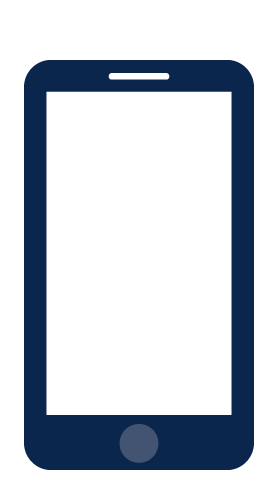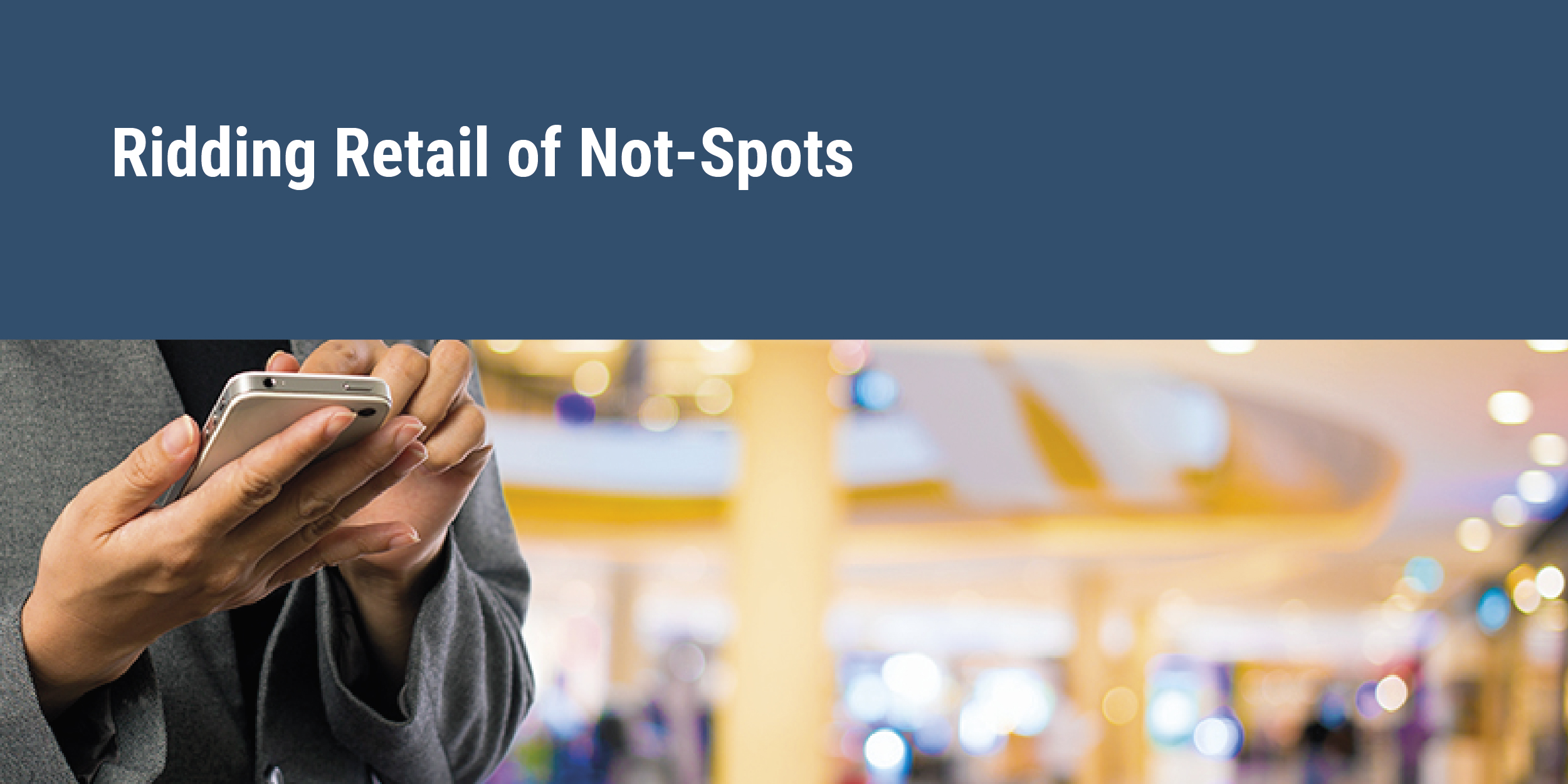INSIGHT
Private Cellular Networks in Stadiums
Private networks and the increased use of 5G in stadiums and arenas, are helping sports leagues around the world to bring spectators back into the stands by providing an enhanced fan experience. In 2018, Deloitte surveyed 15,000+ fans across the USA, covering professional baseball, (American) football, basketball, football (soccer), hockey, and auto racing. Among other questions, they posed the statement, “I have access to attractive opportunities for experiences during the event that match my interests,” and only 46% of serious fans and 30% of casual fans agreed. Sports venues are seeing a 67% growth in data usage year over year and know they have a way to go to make their customers happy. A better user experience will make fans loyal to teams and attract new customers.
Sporting events are becoming more interactive for fans at home and attending in person. Fans love to chat, tweet, and share videos, and in the near future, in some sports, place bets on events during a game (e.g., will the batter strike out or will she make both her free throws). With the sharing of videos and posts to social media, connectivity in the stands is as much about uploading as downloading.
The fan experience will be enhanced with apps showing attendees the nearest bathroom and the concession stand with the right food and the shortest lines using geolocation. Behind the scenes, fewer security personnel will be needed as video and analytics will assist in crowd management.
Private networks and 5G will allow for enhanced video delivery, incorporating content from network video cameras and fans’ mobile phones. The high throughput will allow HD video to be sent and incorporated in near real-time, creating camera angles not possible with a limited number of television cameras, making for better game coverage, and letting fans be a part of the delivery experience.
Melanie Sullivan from the Sports and Entertainment Solutions part of AT&T Business said, “Venues are made for memorable experiences. We’re helping stadiums provide fans with interactive, personalised, and connected engagements at virtually every touchpoint.” Smart stadium owners will continue to provide new services to the fans and lower operating costs.
The National Football League (American Football)
The NFL began looking into adding private networks to their stadiums in 2018, planning to use the Citizens Broadband Radio Service (CBRS) 3.5 GHz band running LTE, planning on replacing the UHF communications system used for players and coaches to communicate during games.
In 2019, the Carolina Panthers and Beam Wireless tested a CBRS network at the Bank of America Stadium in North Carolina using Ruckus access points.
In September 2021, the NFL announced a ten-year continuation of a partnership with Verizon Wireless that has already seen the installation of 5G networks in parts of 25 stadiums. The stadium networks provide AR overlays of football statistics and multiple angles of play on some phones. The future will see support for “real-time analytics and visualisations for coaches and players.”
Super Bowl LV, held in 2021 in Tampa, Florida, was 5G-wired by Verizon to allow specific smartphone users to “engage with seven different camera angles while in the stadium and five angles at home, as well as project AR overlays of NFL’s Next Gen Stats for players.”
SoFi Stadium, the home of the Los Angeles Rams and Chargers and the site of Super Bowl LVI in February 2022 opened in 2020 and is fitted with 5G, Wi-Fi 6, digital signage, and thousands of IoT devices, built from the ground up with plans to provide a fantastic user experience. Touchless features were a primary goal of the builders, with contactless payments and ticket entry as the initial usage. The 5G network will help with applications such as computer vision, analytics, and “a “360” feature where fans in their seats can get a view of the game from another part of the stadium.” All fans have mobile tickets, and all purchases are cashless.
Major League Baseball
Boingo, a DigitalBridge company, installed a private LTE network on the unlicensed part of the CBRS 3.5 GHz band for the San Diego Padres in late 2021. The network was deployed with Federated Wireless, Cisco, and CommScope. It will be used to “handle cash-free payments, contactless concessions and mobile ticketing in its stadium” and accessed via Apple iPads by the 1,000 staffers at Petco Park. Padres CEO Erik Graupner says it may be used for sports gambling.
Football (Soccer)
German football league Bundesliga worked with Vodafone, Sky, and Ericsson to improve the fan experience with a 5G private network. The average attendance at a game is 43,000, and they are expected to use 500 Gbps of data during game time. The private network will be a network slice, a virtual portion of a public network explicitly designated for the Bundesliga at its stadiums, with specified bandwidth, speed, and latency. The group believes that “5G slicing is the key enabler for live sports broadcasting.”
The Federation Internationale de Football Association (FIFA), the highest governing body of association football, is working with Ericsson to prepare for the November 2022 World Cup Tournament in Qatar. There will be 5G connectivity in eight stadiums over six cities, airports, and other expected gathering places.
FIFA is also still in progress when it comes to future tournaments. One application they are looking into for the 2026 North American games is having each stadium turnstile connected via private wireless, connected to a database showing counts for each location and aggregate totals.
Motorsports
Sports broadcasting has always been an industry with extensive equipment, needing truckloads of cameras, cables, and support technology. That is slowly starting to change, and on the last day of August 2021, the world saw the first stand-alone 5G private network for sports broadcasting. “Live pictures were broadcast worldwide from a 5G handheld camera on the grid before each of Sunday’s races. An onboard 5G camera also beamed back pictures from a test bike.” The Monster Energy British Grand Prix worked with BT Sport, Dorna Sports, technology company Vislink, and the University of Strathclyde.
Kymiring is a prominent motorsport and event venue in Finland. It announced plans in early 2021 to install a 5G private network over its 444-acre site using Nokia and Edzcom, a Cellnex company. In addition to improving the fan experience, the network will improve communications by replacing the standard two-way radios and offering a safe testing environment to develop autonomous vehicles. The long-term goal is the international broadcasting of motorsports.
Basketball
At the National Basketball Association (NBA) Summer League in 2019, the NBA partnered with AT&T, Samsung, Ericsson, and LiveU, a video solutions company, to broadcast live video over the AT&T wireless network. The action was broadcast using AT&T mmWave spectrum on Ericsson infrastructure and streamed to Samsung mmWave devices during games.
Golf
In 2018, the US Open was broadcasted in 4k over AT&T mmWave on Ericsson infrastructure, partnering with Intel, Fox Innovation Lab, and Fox Sports. “The objective of the trial was to prove that a 5G network could reliably send large, UHD video files with no detectible delays (latency) and no degradation to video quality transmitting at very high speeds (throughput).”
Sailing
In January 2022, Timeline Television and Atos collaborated to broadcast high-resolution, live video of big from competitors’ boats. Lightweight, waterproof cameras and personal microphones were placed on the ships, greatly enhancing racing coverage.
Conclusion
In upcoming years, private networks and 5G will play a more significant role in sports entertainment. As more people have 5G on their mobile devices, they will expect the high speeds and low latencies in the sports venues they attend as they have elsewhere. Sports leagues and owners know that allowing spectators to interact with each other and the team during the action and entertaining the fans during lulls is critical (e.g., cheerleaders) to keep their customers involved, happy, and likely to return.
In 2024, the Summer Olympics will be held in Paris, where 5G will be in full use. The organisers’ tagline is “Made for Sharing,” “a perfect description of the interactivity that 5G will provide, with fans able to upload and share hi-definition video and images via their mobile devices and share immersive VR and AR experiences with their fellow fans.”
We can help
To book a Pan RF engineer to visit your site and carry out a no-obligation site survey, please fill out the form below.
Related Posts
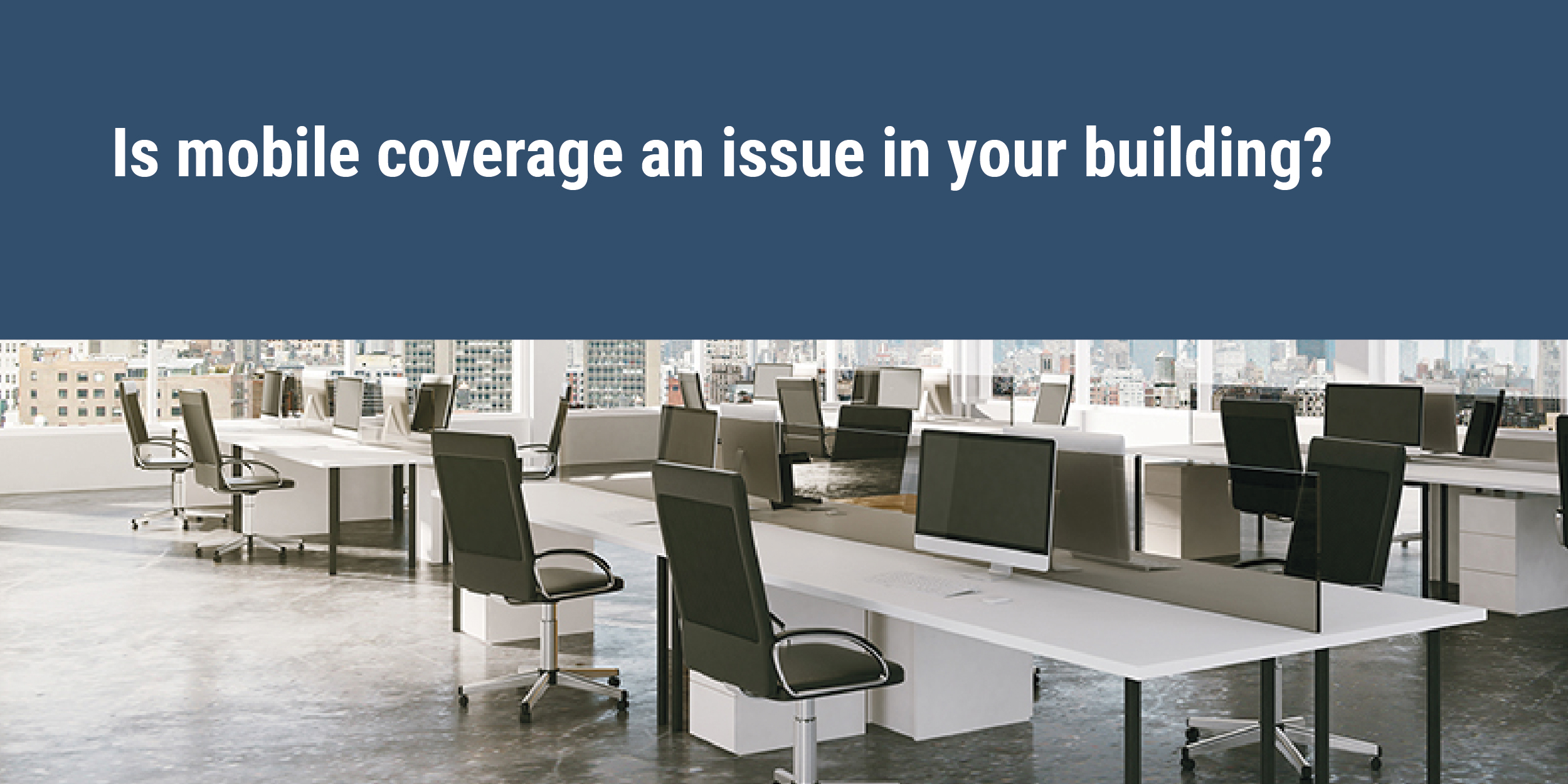
Is mobile coverage an issue in your building?
If unreliable network coverage is a problem in a building that you’re responsible for and…
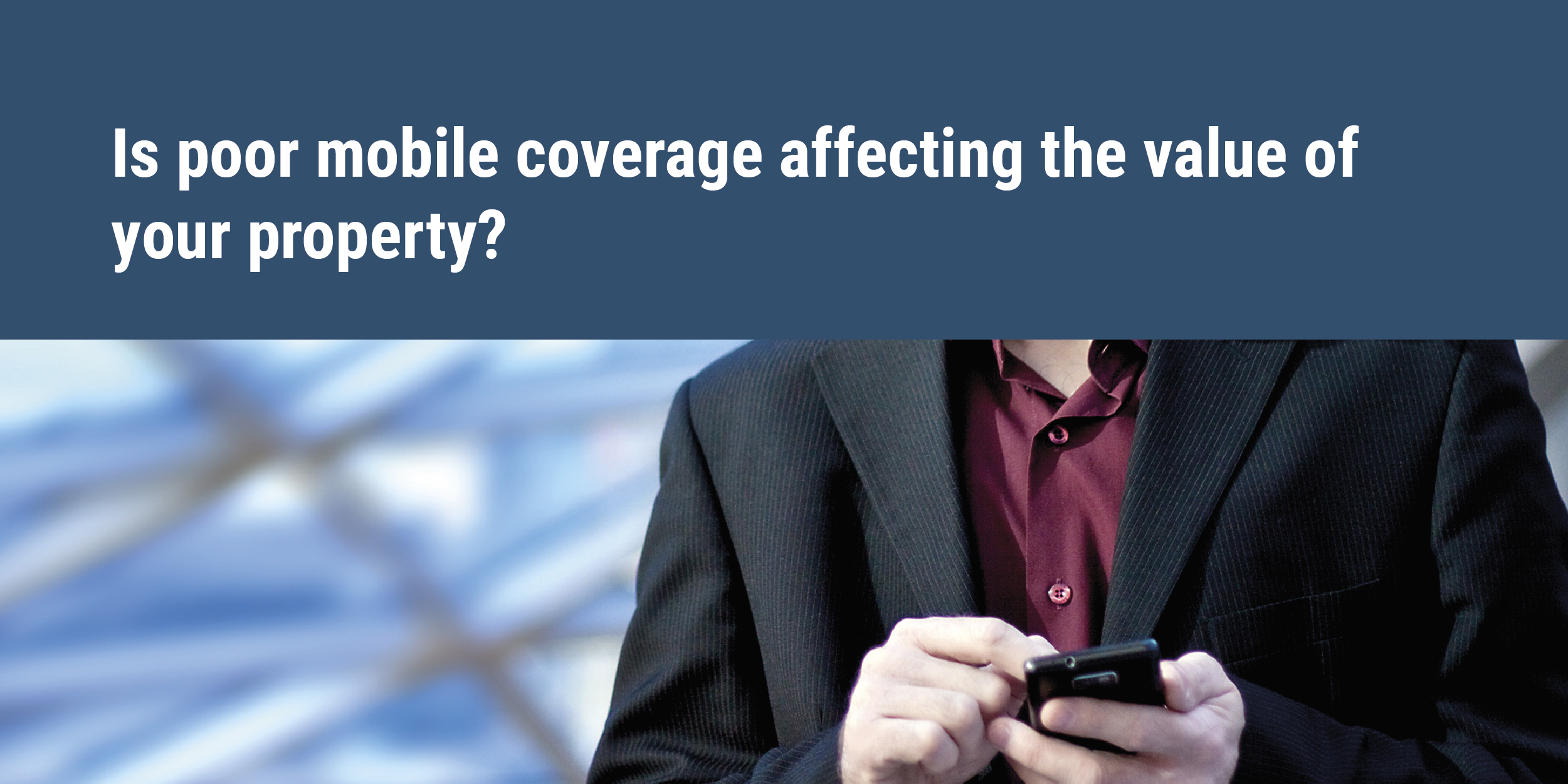
Is poor mobile coverage affecting the value of your property?
If unreliable mobile coverage is inconveniencing your building's users it will affect its attractiveness and…
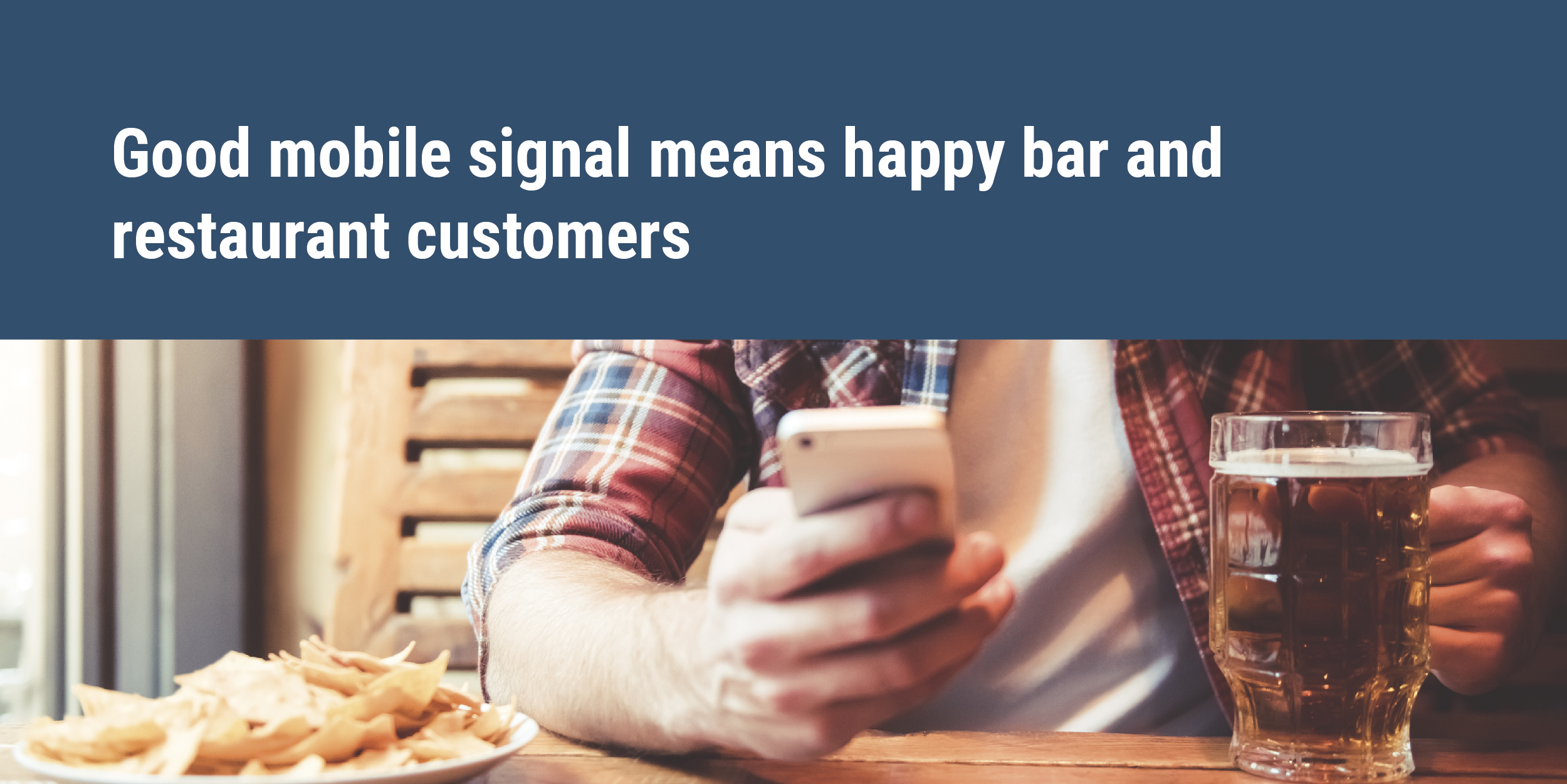
Good Mobile Signal Means Happy Bar and Restaurant Customers
If unreliable mobile coverage is inconveniencing your customers at your bar or restaurant, we can…



